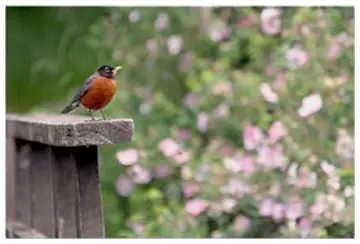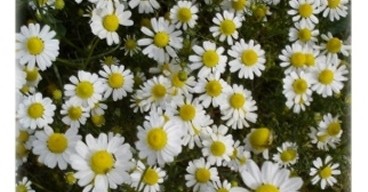“Ye Flowery Banks (bonie doon)” is one of the most popular poems of Robert Burns. The title is letting the readers know that this is on the Flowery bank.
This is a famous Scottish poem also known as “Ye Banks and Braes”. The was written in the year 1791. Here, Burns sets the lyrics to the air that is called “The Caledonian Hunt’s”.
Table of Contents
Summary of Ye Flowery Banks
The poem begins with an image where the poet utters that the flowery banks are looking attractive and the down way fills with colorful flowers.
Then the poet asks how the flowers have bloomed with so much fair? How can the flowers attract the birds who come to sing here? The poet does not know that is why he can only see with full of care.
“Thou’ll break my heart, thou bonie bird,
That sings upon the bough;
Thou minds me o’ the happy days,
When my fause love was true.”
The flowers break the heart of the poet because of these attractive, beautiful birds that always sing upon the branches of the trees. These flowers are making a nostalgic feeling for the poet as he can see those previous happy days when his life was genuine.

So these are very romantic lines where he can see and can add flowering memories. There the stanza ends and the stanza begins with the same expression.
Now the poet thinks that the flowers will break the poet’s heart and also its beautiful friends, the birds. They sing beside their mate this is maybe because they love their companions.
To see their song the poet seat for himself and sometimes they also sang. The poet at the last line says that he wants his fate to be shining the song of the birds.
“Aft hae I rov’d by bonie Doon
To see the wood-bine twine,
And ilka bird sang o’ its luve,
And sae did I o’ mine.”
Then the poet travels to see the birds of the woods are sitting twine on the bough and sings. There each bird sang on their own love and the poet staring at them and thinks that he also could be the bird of love.

This is a very romantic poem because the colouring flowers are blooming, and birds are singing. The poet connects them with his life. Then the poet picks up a rose from the tree in the light and he left the thrones to the tree.
But then he remembers his first love who takes away the rose from the poet and the thrones remain there in the hand of the poet.
So, the whole poem is producing a romantic feeling except for the last line. In the last line, he speaks on the pain he gains after loving a woman.
Theme
This is a very romantic poem that claims natural beauty. The poet’s motive is to show the flowing field that attracts the birds and they sing peacefully by sitting on the branches.
Love, romanticism is the main themes of the poem. Poet spoke about his love but this was not successful. As he was betrayed his heart remains alone.
Ye Flowery Banks Analysis
Romantic elements of Burns are the most remarkable features. At first, he was talking about the bank filled with damasked flowers, and to explore it he further calls the birds who are singing by sitting on the boughs.
This is the way where merging two natural elements creates a romantic scene. Then the poet further spoke about his first love. She takes the rose from the poet but left the thrones. In the last part, Burns expresses his sorrow for losing love.
Literary Devices
Literary devices are the most significant part of a poem. The rhyming pattern of ‘Ye Flowery Banks’ can not be found as it is written in blank verse. And one other thing is a rhyming meter that is also not properly used.
Syncope is a rhetorical device that means writing a word using an apostrophe. In this poem, Robert Burns used this maximum time,
“o’ “, “fu’ o’ “, “rov’d”, etc.
Then comes another literary device called Alliteration. Alliteration is the repetition of the same sounds in a single sentence just like,
“For sae I sat, and sae I sang,”
In this line, the ‘S’ sound is repeated four times.
Here, Robert Burns ends the first stanza with a question mark that has been continued to the next stanza. This is called enjambment. So, these are all poetic uses that Burns added. We have very few literary devices in this poem.
